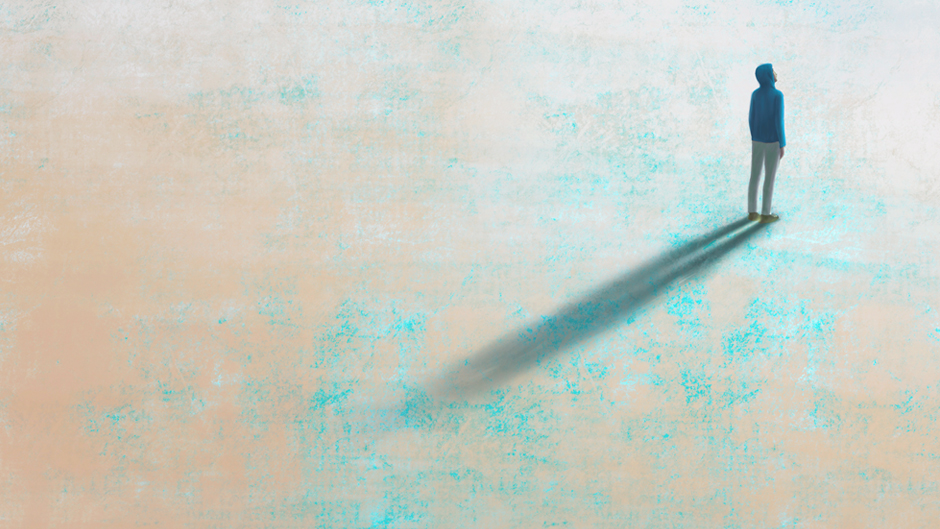Solitary confinement in prison is the harshest punishment that can be given to an inmate since it deprives them of the company of others and forces them to be alone for extended periods of time.
Humans are social creatures. Humans crave interactions.
Yet, the U.S. Surgeon General Vivek Murthy recently issued a report on loneliness, calling it an epidemic. His report said the loneliness epidemic was as harmful as smoking.
“Loneliness is far more than just a bad feeling—it harms both individual and societal health. It is associated with a greater risk of cardiovascular disease, dementia, stroke, depression, anxiety, and premature death,” he said.
A 2019 study found that 58 percent of Americans reported feeling lonely, according to a University of California Los Angeles Loneliness Scale report.
Tiffany Field, a research professor at the Mailman Center for Child Development at the University of Miami Miller School of Medicine, said that she believes that the loneliness epidemic can be attributed partly to excessive social media use.
“People are so busy on their cell phones everywhere,” she said. “You go to the beach and people are together but on their phone. You sit in a park and poolside and you see the same thing.”
Being on a cell phone or computer with someone does not substitute for the social interaction of sharing time physically with the other person, Field pointed out.
“It is very distressing to see that people are living alone and engaging in single activities and not group activities,” she said. “In our studies, we see depression and loneliness as accompanying each other and it’s like a chicken and egg. Some people who are depressed become lonely, and others who are lonely become depressed.”
Field also has studied the effects of touch on humans and the many benefits that it brings to their health.
In a study that she and her students conducted prior to the COVID-19 pandemic, they observed people at airport gates waiting for a flight. People were on their phones 76 percent of the time and touched each other only 4 percent of the time. These included those traveling together, families with children, and couples.
Not touching or not being touched can be harmful to one’s health, Field noted.
“There are physical problems that relate to loneliness,” she said. “People who are alone are rarely touched and that is a real problem because touch deprivation leads to increased stress hormones and decreased serotonin, which helps with depression. You are getting physical effects that are not good and can increase cognitive problems.”
Alyse Lancaster, associate professor and chair of strategic communication at the School of Communication, is an expert on social media. She said that the coronavirus pandemic and its enforcement of social isolation and distancing has exacerbated the loneliness epidemic.
“During the pandemic we were really dependent on our computer. Classes were online, bar mitzvahs and weddings were online, even funerals were online,” she said. “So, as we slowly came out of the pandemic, a lot of people were so used to being on their phones and laptops and computers that it is difficult to transition into real life.”
Social media also plays a role in how a person may socialize, Lancaster said. For shy, introverted people who find social interaction difficult, it provides an outlet, she noted. However, there is a definite generational divide.
Older people who do not adapt to new technologies may feel alone because they grew up at a time in which people picked up their phones and talked, she said. Lancaster sees that communication line drawn between her 76-year-old mother and her two teenage children.
“My mom says that she misses her grandchildren and I tell her ‘text them’ and she says, ‘that is not how I communicate,’” she said. “Well, young people hate to talk on the phone.”
The Surgeon General’s advisory on loneliness lays out six pillars for the United States to establish a National Strategy to Advance Social Connection.
These include a push to “strengthen social infrastructure” in communities by establishing physical elements and programs that promote connections between people. These places could be parks, libraries, and playgrounds.
Joanna Lombard, professor at the School of Architecture, along with colleagues in the Built Environment, Behavior, and Health Research Group, has conducted several studies on how the built environment can enhance social interaction and promote wellness, thus dispelling loneliness.
In 2003, their team conducted a study with elderly residents in East Little Havana. The study found that those who lived on blocks with socially supportive features—a balcony, porch, or stoop—had better physical and mental functioning over the five-year period than elders who lived on blocks that did not have those features.
“Those transitional places provide the social space to sit outside the home, to say hello to someone passing by and enable a casual interaction to take place,” she said. In addition, access to daylight and views (preferably of trees and green spaces) is associated with well-being. Higher levels of greenness also are associated with higher levels of social interaction, Lombard explained. Creating green spaces, walkable neighborhoods, accessible parks, and blocks with higher levels of greenness can help lower levels of depression.
“When we consider the impacts of all these environmental interventions,” Lombard pointed out, “we can see that our health and happiness is rooted in the connections we have with one another.”

